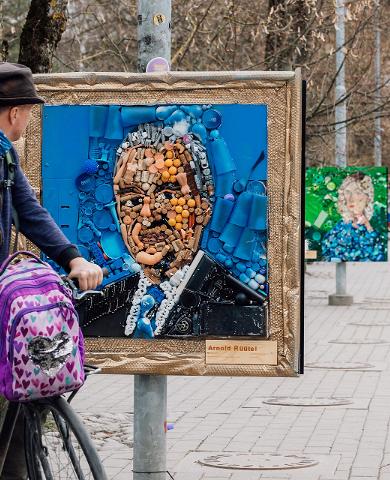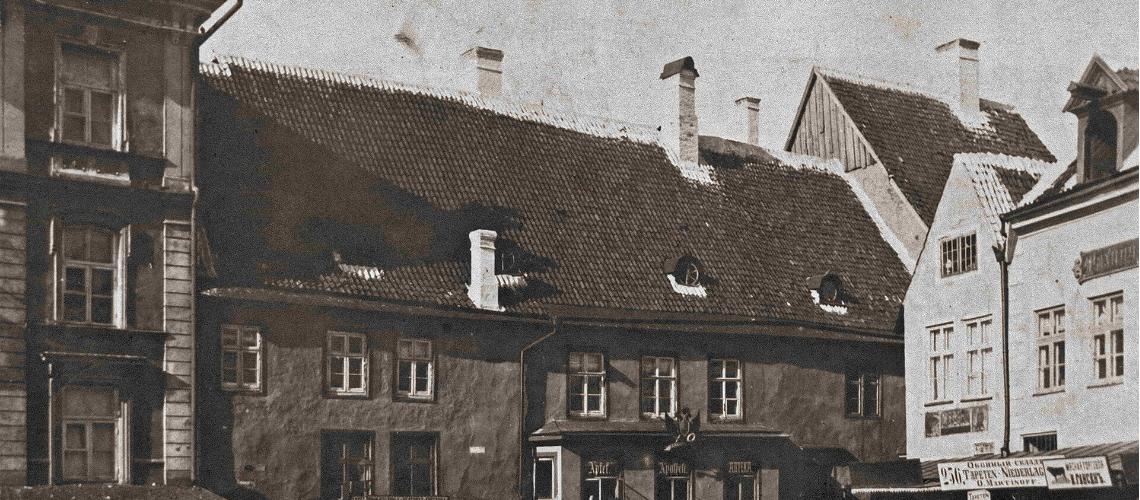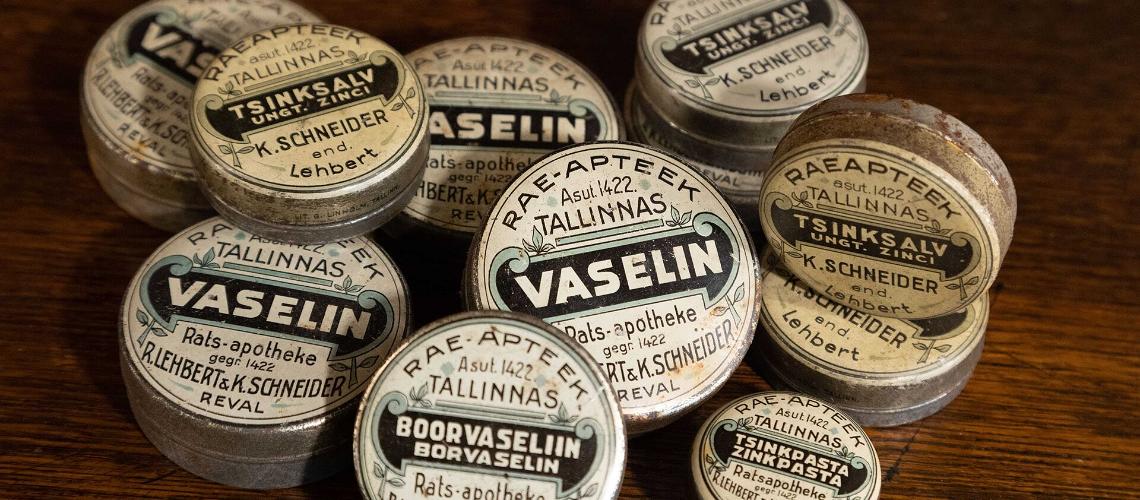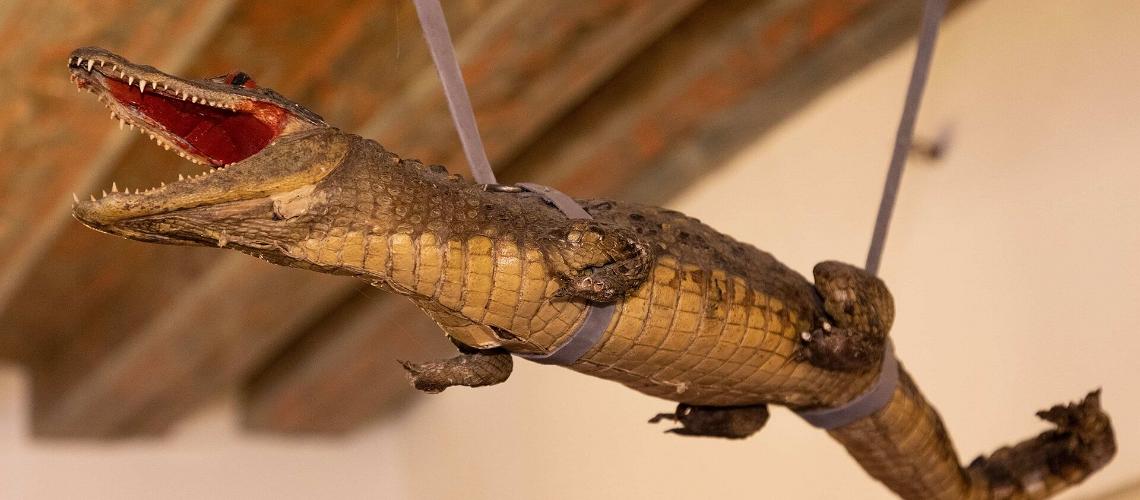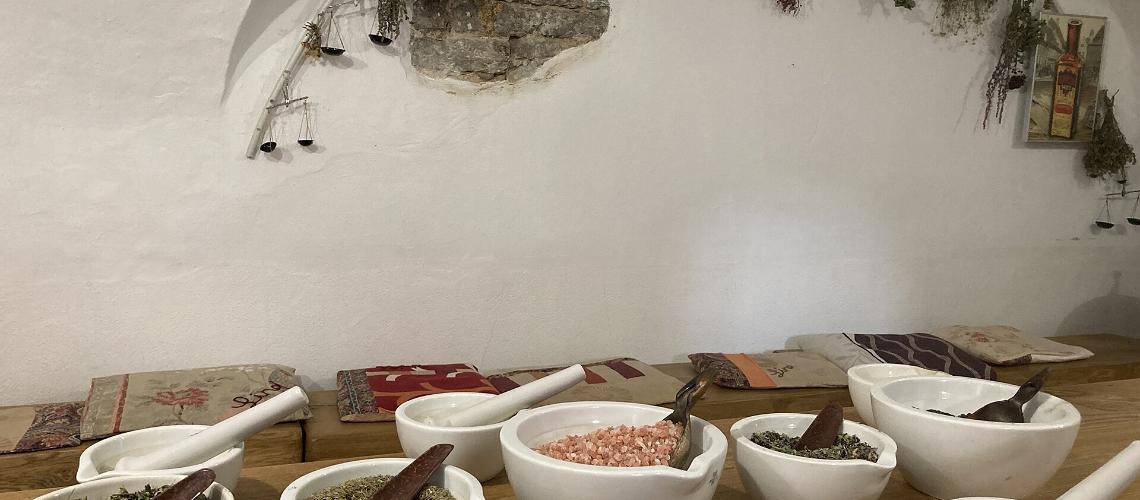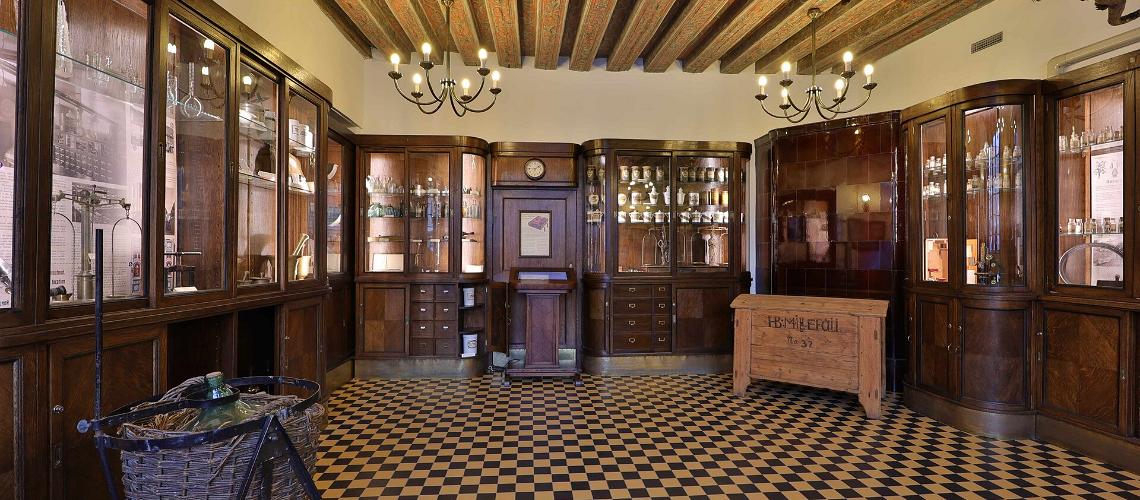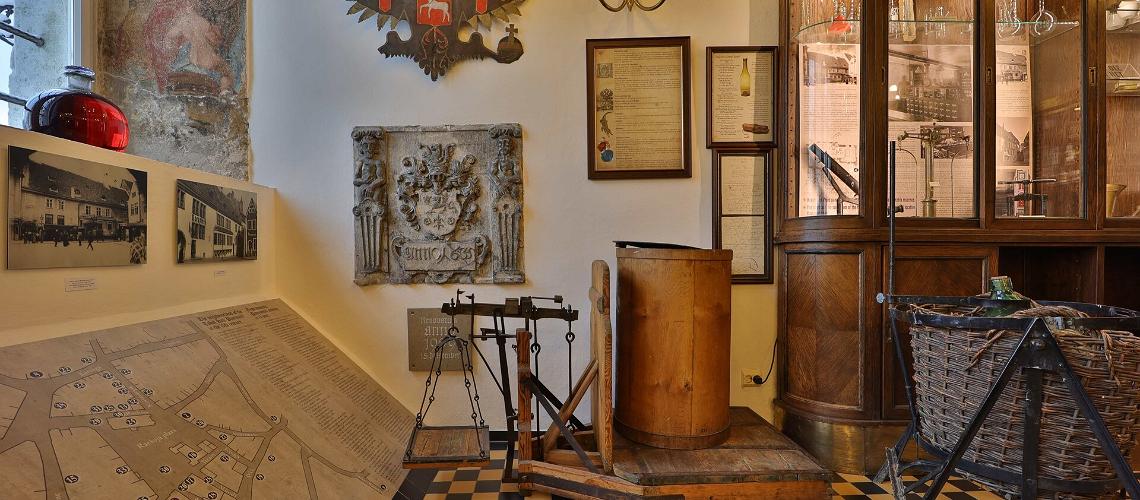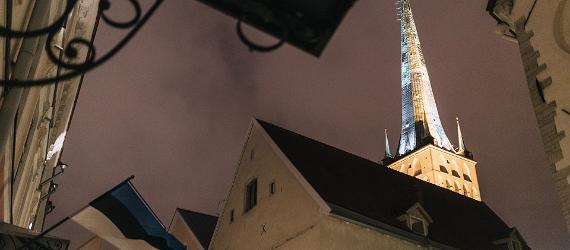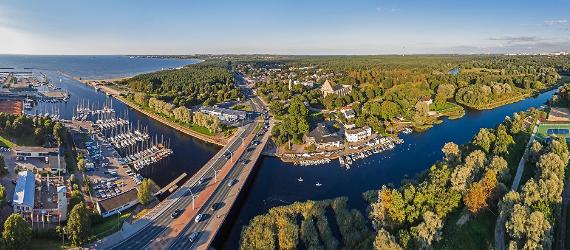Raeapteek in the Old Town of Tallinn is Europe's oldest pharmacy, continuously operating in the same premises. Although the exact date of its establishment is unknown, the first written records in a town council notebook date from 1422. Thus, in 2022, Raeapteek will celebrate 600 years since its first mention!
Throughout its long history, many dignified men have worked in the pharmacy but one family stands out. Namely, in 1580, Johann Belavary de Sykava, a Hungarian, started working there. He began his work as a pharmacist but became its manager two years later. It was a tradition in his family that the eldest son was always named Johann and studied to be a pharmacist. Thus, Raeapteek was inherited from father to son and from 1582 to 1911, for ten generations, the pharmacy was owned by the Burchart family.
After that (1911-1940), Raeapteek belonged to new owners and families Lehbert and Schneider. Raeapteek is also the birthplace of the Estonian pharmaceutical industry and the oldest medical institution in Estonia.
Raeapteek is also the oldest continuously operating company in Tallinn. The pharmacy has always had a variety of products, not just medicines. You could once buy ink, paper, fabrics, tobacco, pipes and even gunpowder but also salt, spices and sweets from the pharmacy. To this day, you can buy the famous claret, which was made and sold in the pharmacy as early as 1467. You can also buy marzipan, which can be beneficial for mental activity but is also known as the treatment for a broken heart. By the way, Reval Marzipan was one of the most famous in Northern Europe during the Hanseatic era!
Raeapteek's services before and now
Today, Raeapteek works hand in hand with the museum, which is supported by the city of Tallinn. In the museum room, you can see pharmacy supplies and some symbols typical of a medieval pharmacy. For example, a crocodile hanging from the ceiling emphasised the mystery of pharmacy work in the Middle Ages and protected both the pharmacist and their property. The current symbol – the snake with a goblet – was only introduced in the 20th century.
The colourful containers on the windowsill marked the location of the pharmacy and symbolised bodily fluids: red is blood and blue is mucus, i.e. hot and cold body fluids. It was believed that a balance of these fluids was an indication of good health. These symbols were important as they helped those who could not read find their way in the pharmacy.
Although in the Middle Ages herbs were mostly used for treatment, raw materials from animals were also used quite often as well. Some treatments were particularly strange: for example, hedgehog urine was used as eye drops, earthworm oil was used to boost the immune system and mummy pieces were eaten to induce vomiting, which was an effective way to expel disease and poison. Toads were also hung on the ceiling to ward off the plague.
In Raeapteek, you can also see a medieval plague mask worn by plague doctors and pharmacists. Strong-smelling herbs or a vinegar-soaked sponge were placed inside the long nose of the mask to protect its user from the foul smells that were believed to cause the plague.
Raeapteek offers guided tours and workshops throughout the year. For example, the Rae herb salt is made there, which contains Juniper berries as well as medicinal plants. Ancient Estonians believed that a juniper held the power of nine doctors. The marzipan workshop is also popular among children. There, among other things, we talk about the famous marzipan legend, which says that this delicacy was invented in Raeapteek. Marzipan was originally sold in pharmacies as medicine. It was mostly recommended for memory but also for healing a broken heart.
Celebrating this honourable jubilee
Raeapteek will celebrate its jubilee year with several events throughout the year. Once a month on Thursday evenings, Raeapteek hosts jubilee lectures, where historians and other specialists in their field introduce the pharmacy from different angles and talk about medieval life, including the food and drink culture of that time. Sign up for a lecture now!
In cooperation with the Tallinn Teachers' House, an Apothecary Melchior themed adventure game will also be organised. It will start with an introduction and claret tasting in Raeapteek, followed by a walk around the Old Town looking at the places from the novel (by author Indrek Hargla) the game is based on. The game is a great team building exercise but you can also play with family or friends.
On Saturdays in April (9, 16 and 23), family days will take place in Raeapteek, where guests can take part in a free guided tour in the museum room. There will also be a workshop in the basement hall. Both big and small and old and new friends of Raeapteek are welcome to visit. You can find more information on the Raeapteek website.
To celebrate the jubilee of the Raeapteek, Omniva will also launch the international stamp Raeapteek 600, which will be available to purchase at Raeapteek from 9 April. In addition, the Raeapteek brochure will be updated and the book Raeapteek 600 by Professor Ain Raal with lots of pictures will be released.
- More information is available on the website for anyone wishing to take part in the programmes offered by the museum. There are excursions and workshops for local and foreign guests, adults and children. Feel free to contact us and ask questions!
- A sweet surprise awaits Tallinn Card holders at Raeapteek!
- Visits to the museum are free for individual visitors, children, families, etc., but there are special rules for groups of 10+ people. Further information is available on the website.
- Raeapteek also participates in Museum Night, Tallinn Medieval Days and Tallinn Old Town Days.






